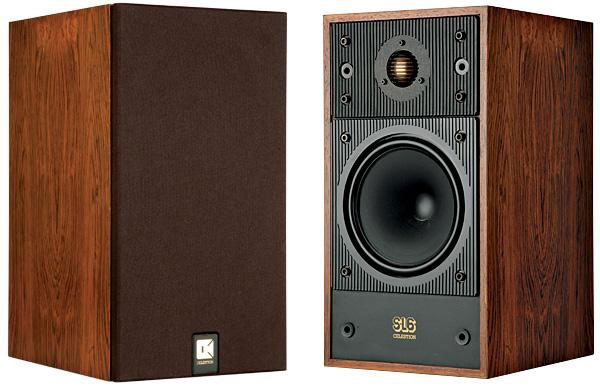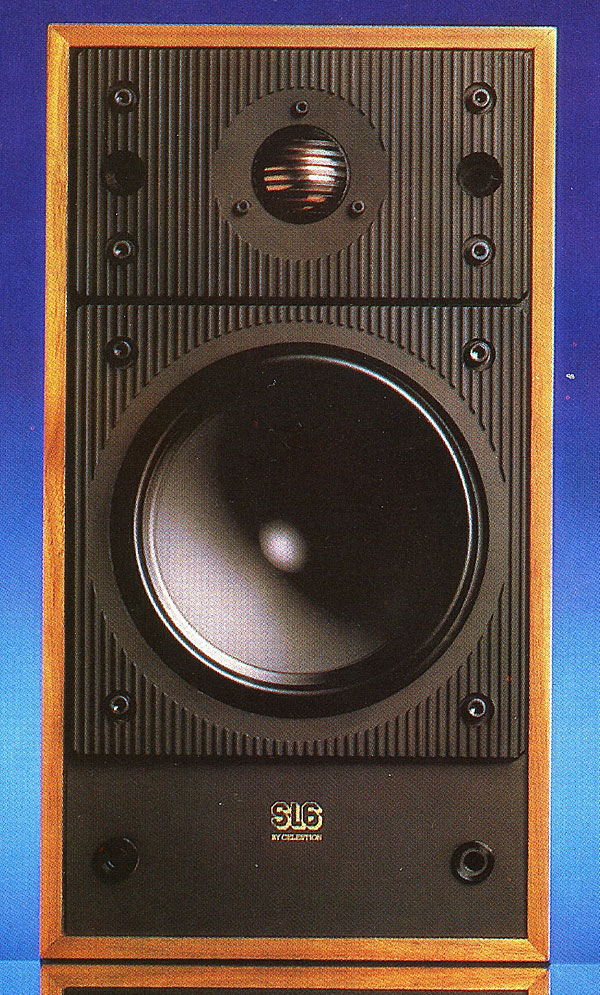| Columns Retired Columns & Blogs |
These babies were true imaging champs.
The Hi Fi store demo speaker of a lifetime.
I am sure this was used almost universally....I am pretty sure it was this album...that Flim & the BB's track with a bicycle coming toward the listener on one side, then turning in front of the listener, and then proceeding away in the other channel.
It was pretty uncanny.
Thanks for the splendid memory.
And it positively oozed the audiophile look!
I still lust after them...I wonder they would hold up today?








































